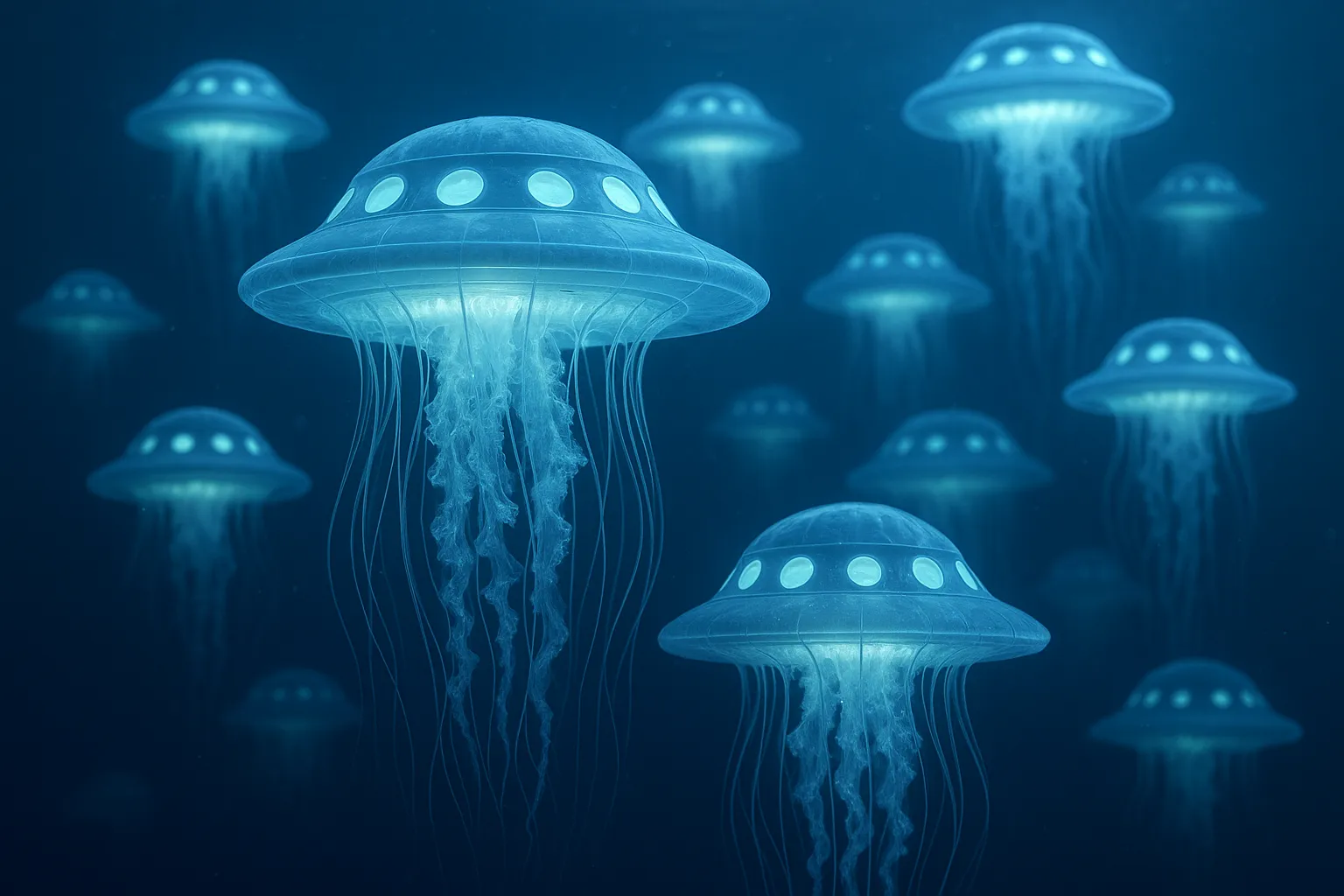Research from the Royal Netherlands Institute for Sea Research (NIOZ) shows that our oceans are not only filled with microplastics, but also with even smaller particles: nanoplastics. In the upper layers of the North Atlantic Ocean alone, an estimated 27 million tons of this material is floating around. That’s equivalent to 75 Empire State Buildings’ worth of plastic, spread across hundreds of meters in depth.
This discovery is remarkable, as it helps explain where most of the “missing” plastic has gone. For years, scientists have observed a large gap between the amount of plastic produced globally and the amount actually found in the environment. In the oceans, an estimated 3 million tons of microplastics and 250 thousand tons of visible plastic waste are floating around.
Nanoplastics are formed when larger pieces of plastic slowly break down under sunlight and abrasion, becoming particles smaller than a thousandth of a millimeter. As a result, they are invisible to the naked eye. Yet they are everywhere, from coastlines to thousands of kilometers out at sea, and even at depths of five kilometers.
These minuscule particles enter the oceans not only through rivers, but are also carried by rainwater or may even drift down from the air, according to the researchers.
Plastic as a new geological material
Plastic has become so omnipresent that it is now influencing not just our environment, but the geology of the Earth itself. Geologists are already referring to a phenomenon called “plastiglomerate”: rocks in which plastic is fused with sand and shells. It now appears that the oceans too contain a permanent layer of plastic. The material has become inseparable from the biosphere and is turning into part of the natural cycle.
What does this mean?
The full consequences are still unclear, but there is cause for concern. Nanoplastics can accumulate in the food chain, disrupt immune systems, and potentially impair the ability of algae to absorb greenhouse gases. This affects not just marine life, but the global climate as well.
Plastic is no longer a temporary waste product. It has become a new kind of earthly material that forces us to rethink what nature is and what role we play within it. Back in 2009, some even speculated about a future microbe that could feed on plastic. The good news? According to another study by NIOZ, such plastic-eating microbes really do exist.


Comments (0)
Share your thoughts and join the technology debate!
No comments yet
Be the first to share your thoughts!